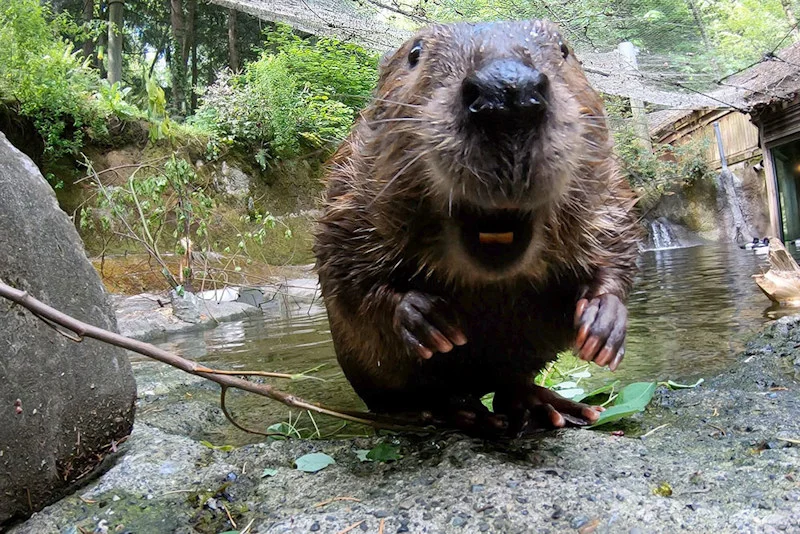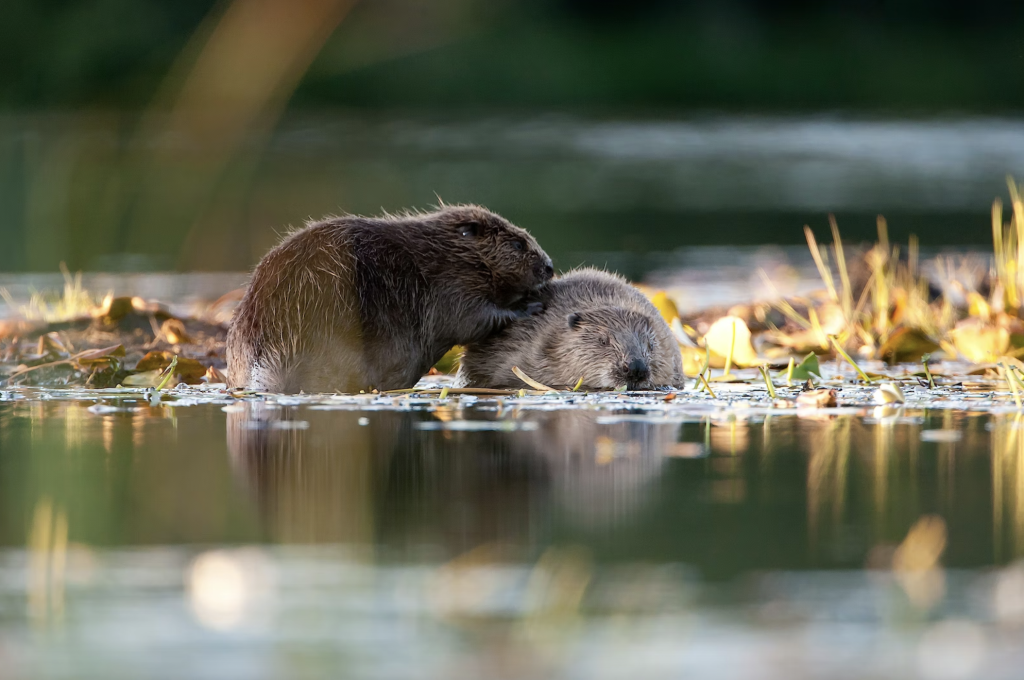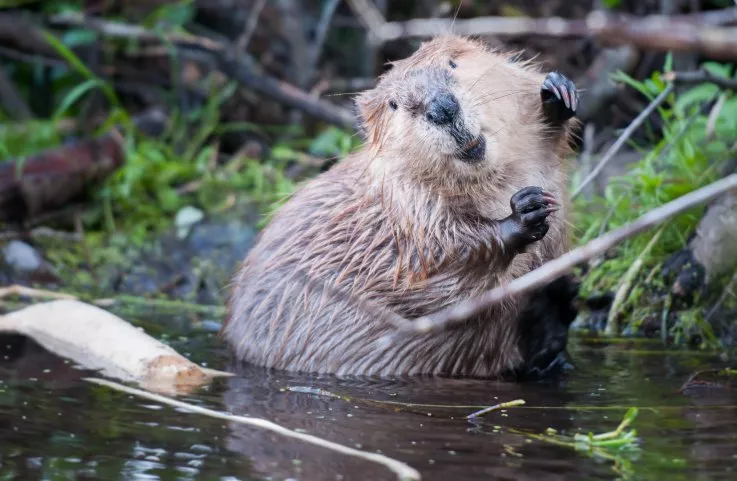Beavers are a keystone species that play a vital role in maintaining healthy ecosystems. They build dams, create wetlands, and provide habitats for a diverse range of plant and animal species. However, beavers have been heavily hunted and trapped for their fur, leading to a significant decline in their populations. Today, conservation efforts are focused on protecting and restoring beaver populations in the wild. In this article, we will discuss the conservation of beavers in the wild and the efforts being made to protect these important animals.

- Habitat Restoration
One of the key conservation efforts for beavers is habitat restoration. Beavers require healthy ecosystems with access to water, food, and appropriate habitat. Habitat restoration involves restoring natural wetlands and riparian habitats that have been damaged or destroyed. This process may involve removing dams that are blocking waterways, planting native vegetation, and creating or restoring wetlands.
Habitat restoration is vital for beaver conservation because it provides a suitable environment for beavers to live and thrive. It also helps to restore ecosystems to their natural state and provides habitats for other species that rely on wetlands and riparian habitats.
- Translocation
Another conservation effort for beavers is translocation. Translocation involves the capture and relocation of beavers to areas where they have been extirpated or are in danger of extinction. Translocation is typically carried out by wildlife management agencies or conservation organizations that have expertise in capturing and relocating animals.
Translocation can help to establish new populations of beavers in areas where they have been lost or are at risk. It can also help to maintain genetic diversity in beaver populations and prevent inbreeding.
- Legal Protection
Legal protection is an important conservation effort for beavers. Many countries have laws and regulations in place that protect beavers from hunting and trapping. These laws help to prevent the over-harvesting of beavers and ensure that their populations are sustainable.
Legal protection is also important for ensuring that beaver habitats are not destroyed or damaged by human activities. Many countries have laws that require environmental impact assessments before development projects can be approved, which helps to protect beaver habitats from destruction.

- Education and Outreach
Education and outreach are important conservation efforts for beavers because they help to raise awareness about the importance of beavers and their habitat. Education and outreach programs can help people understand the ecological benefits of beavers and the importance of protecting their habitats.
Educational programs can be targeted at different audiences, including schools, community groups, and landowners. These programs can include presentations, workshops, and other interactive activities that help people learn about beavers and their habitat.
- Research and Monitoring
Research and monitoring are essential for understanding the status and needs of beaver populations. Research can help to improve our understanding of beaver behavior, population dynamics, and habitat requirements. Monitoring can help us track changes in beaver populations and their habitats over time.
Research and monitoring can help to identify areas where beavers are at risk and determine the most effective conservation strategies for protecting them. It can also help to improve our understanding of the ecological impacts of beavers and their role in maintaining healthy ecosystems.

In conclusion, the conservation of beavers in the wild is a critical effort for protecting these important animals and the ecosystems they inhabit. Conservation efforts include habitat restoration, translocation, legal protection, education and outreach, and research and monitoring. These efforts help to ensure that beaver populations are sustainable and their habitats are protected for future generations. By working together, we can ensure that beavers continue to play their vital role in maintaining healthy ecosystems.